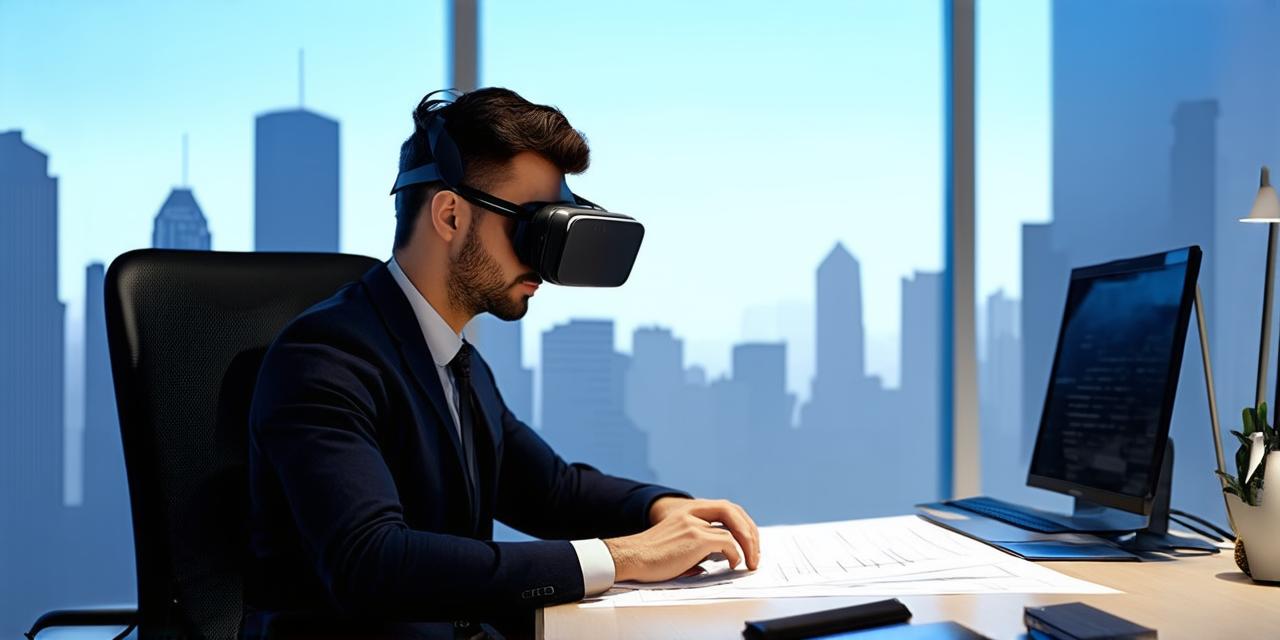
How can the construction industry make use of virtual reality?
Virtual reality (VR) is a rapidly growing technology that has the potential to revolutionize many industries, including construction. By using VR, construction professionals can visualize and interact with their projects in a more immersive and realistic way than ever before. In this article, we will explore some of the ways that the construction industry can make use of virtual reality.
Virtual Reality and Project Visualization
One of the main benefits of virtual reality is its ability to provide a realistic visual representation of a project. With VR, construction professionals can walk through their designs as if they were really there, allowing them to identify potential issues and make adjustments in real-time. This can save time and money by reducing the need for physical prototypes and minimizing the risk of costly mistakes.
Virtual Reality and Collaboration
Another way that virtual reality can benefit the construction industry is by improving collaboration among team members. By using VR, architects, engineers, contractors, and other stakeholders can all come together in a virtual environment to discuss their ideas and work on designs in real-time. This can be particularly helpful for projects that involve complex structures or require input from multiple parties.
Virtual Reality and Training and Education
Virtual reality can also be used as a training and education tool in the construction industry. By using VR simulations, trainees can practice their skills in a safe and controlled environment, allowing them to learn at their own pace without the risk of injury or damage to equipment. This can be particularly useful for training new workers or refreshing the skills of experienced professionals.
Virtual Reality and Cost Estimation
Virtual reality can also be used to help with cost estimation in construction projects. By using VR simulations, construction professionals can get a better understanding of how different design choices will impact the overall cost of a project. This can help them make more informed decisions about materials, labor, and other costs, allowing them to stay within budget while still delivering a high-quality product.
Virtual Reality and Risk Management
Finally, virtual reality can be used as a tool for risk management in the construction industry. By using VR simulations, construction professionals can identify potential risks and develop strategies to mitigate them before they become problems on the job site. This can help reduce the likelihood of accidents, delays, and other issues that can drive up costs and impact project timelines.
Real-Life Examples
One example of a company using virtual reality in construction is Bechtel, which has developed a VR platform called “Virtual Reality Construction” (VRC). This platform allows architects and engineers to visualize their designs in a 3D environment, making it easier for them to identify potential issues and make changes on the fly. Another example is the use of virtual reality by Skanska, which used VR simulations to train workers on how to handle heavy equipment safely.
Expert Opinions
According to John W. Rutledge Jr., a professor at the University of Florida’s College of Engineering, “Virtual reality has the potential to revolutionize the way we design and build structures.” He goes on to say that VR can help improve collaboration, reduce errors, and speed up the construction process.
Conclusion

In conclusion, virtual reality is a powerful tool with many potential applications in the construction industry. By using VR to visualize projects, collaborate with team members, train workers, estimate costs, and manage risks, construction professionals can improve their efficiency, reduce costs, and deliver higher-quality products. As technology continues to advance, it’s likely that virtual reality will become even more prevalent in the construction industry, transforming the way we design and build structures for years to come.


